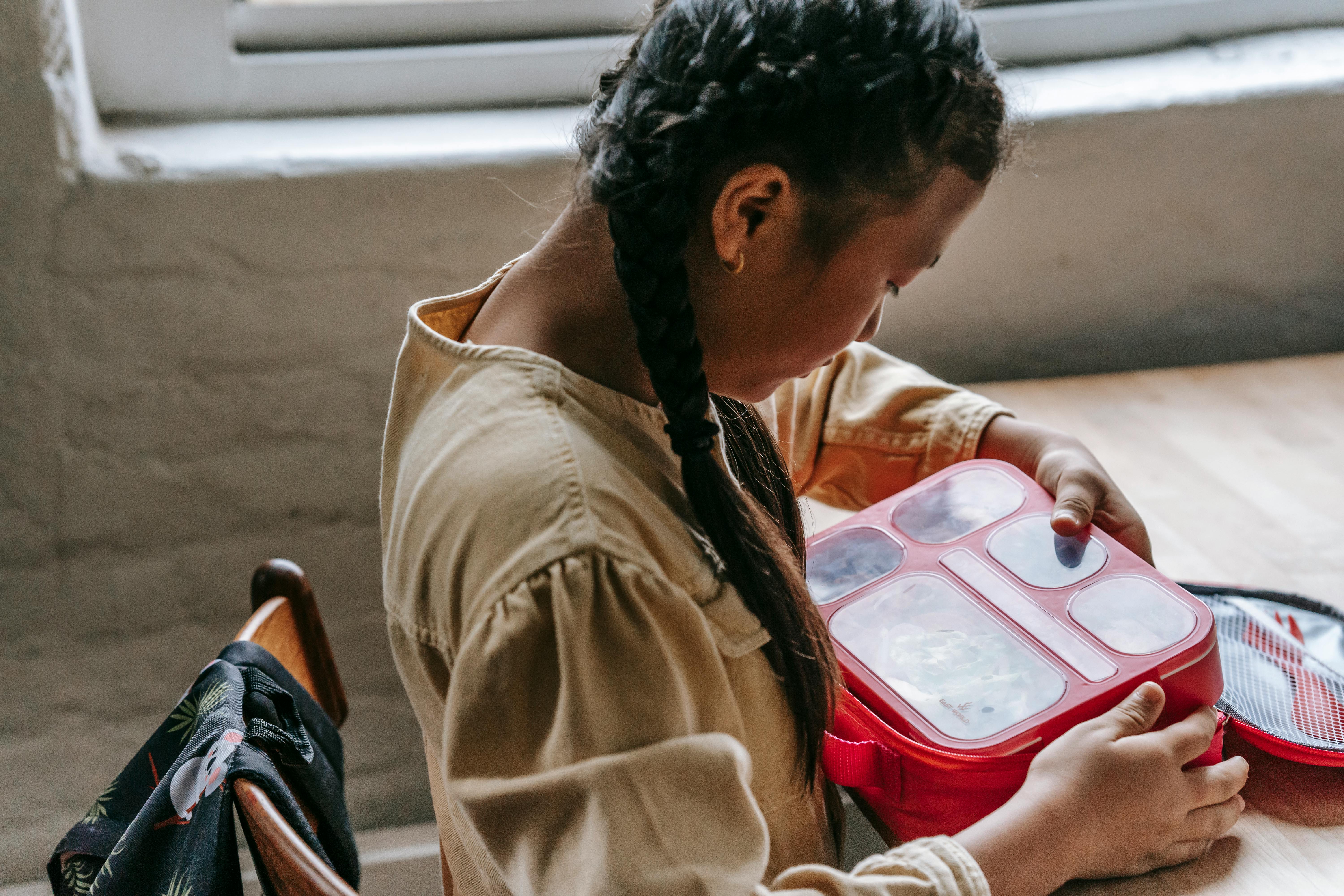Routine drain cleaning around the house is essential, but not many of us take the time to do it. The problem with this is that drains in the kitchen and bathroom often get clogged and this could lead to everything from water backing up the drain to burst pipes.
Common signs of clogged drains
• Slow water drainage, whether in the bathroom, sink, or kitchen, could mean there is a blockage. Even if the backup hasn’t started yet, you need to be a little careful and keep an eye on the drain. Cleaning it at this time will be the most effective.
• Puddles of water around the drain when you’re showering or bubbles in the toilet bowl are also common signs.
• The smell of rotten food from the kitchen sink or near the disposal area is also an indicator of a blockage.
• Any kind of pooling or sudden puddles that appear near the tub or sink usually means the water is not draining properly due to some blockage.
How to prevent clogged drains
If you haven’t been paying attention to your sinks and the built-up grime is too much to get rid of, the quickest and easiest solution is to call a professional plumber for a thorough cleaning. It can often be a good idea to have everything maintained every few years to protect your home from bigger problems. But before you call in the expert, there are a few things you can try at home to get rid of the clog.
When it comes to a drain located in a sink, a combination of hot water and dish soap is the most effective. Pour the hot water down the drain and put in some detergent. After letting it sit for a bit, take a plunger and try submerging it to get rid of the gunk. If it doesn’t work the first time, repeat the process. For a blocked toilet, try using a flange plunger. Avoid using strong chemical cleaners because they could affect the pipes.
The best way to keep your sink from getting clogged is to have a few extra plastic bags on hand so that more oil and grease can be put into them instead of pouring down the drain. By putting them in the bag, you can seal it up and throw it away with the rest of your garbage, thus protecting your sink in the process.
